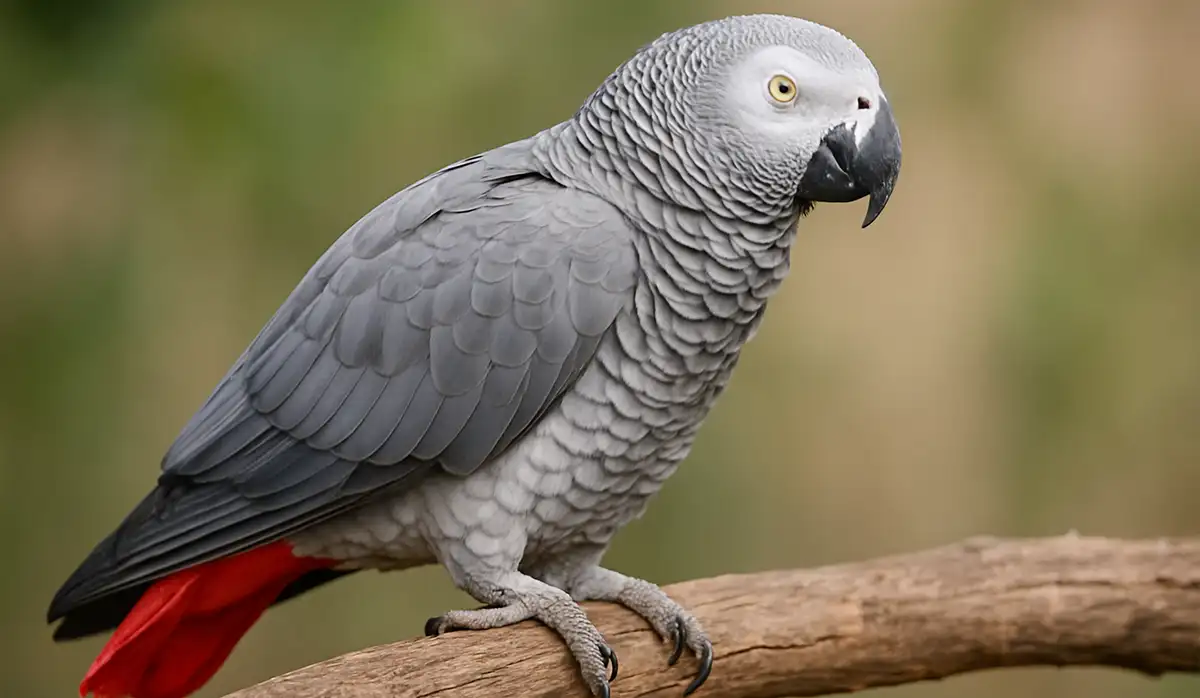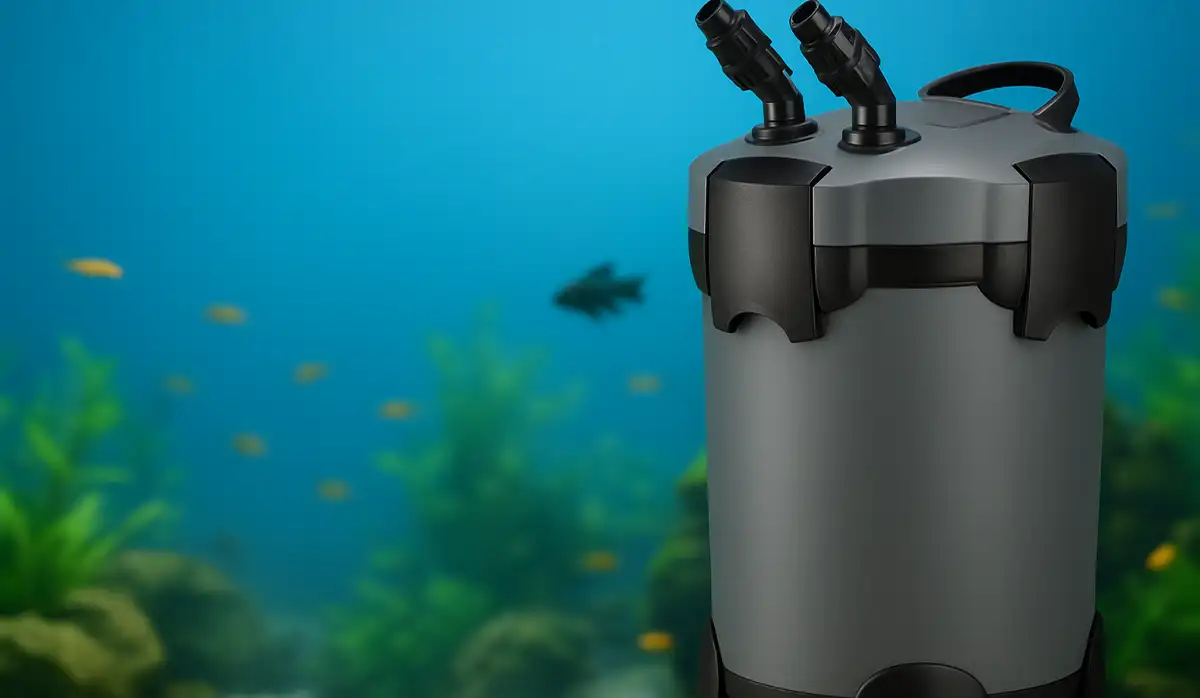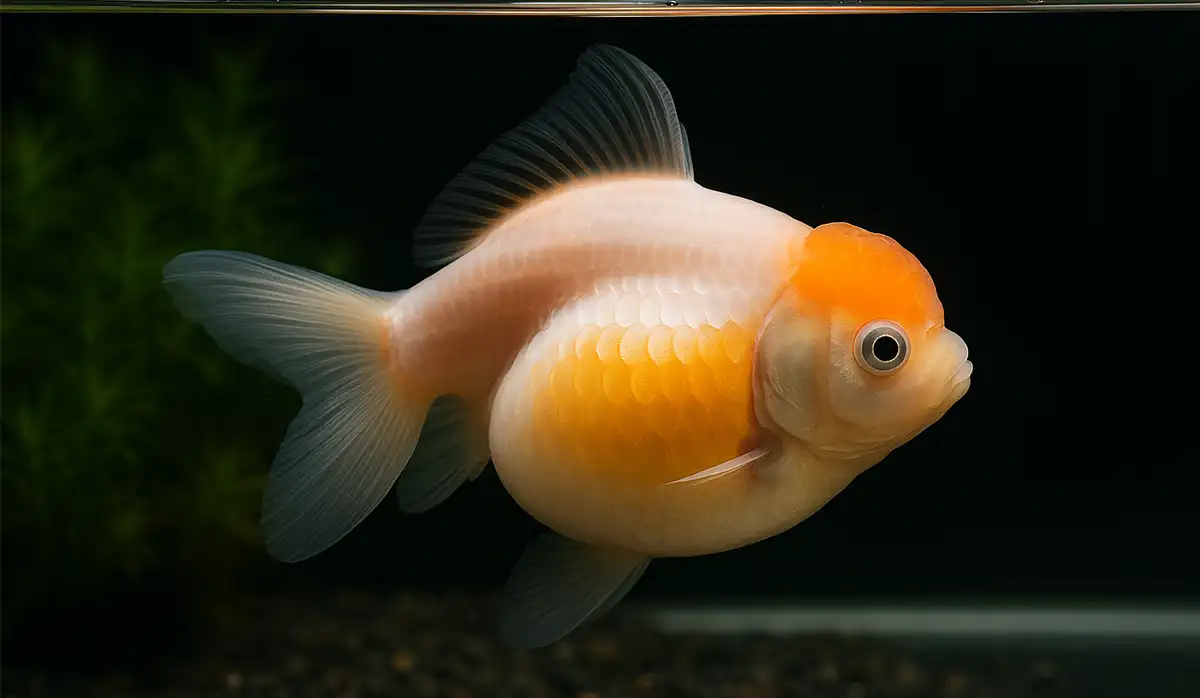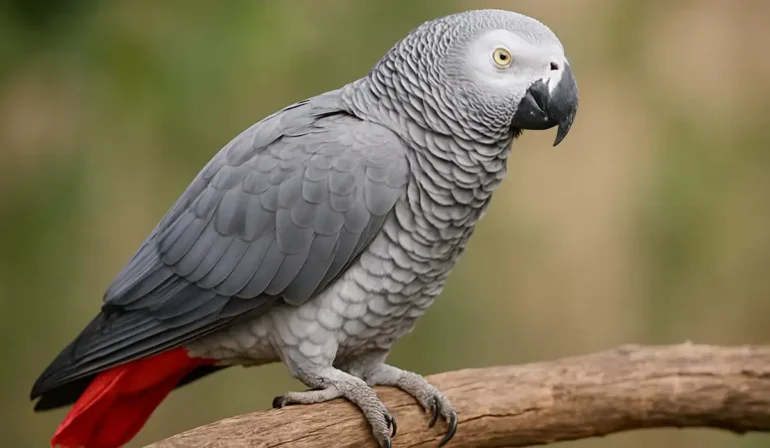Surprising Secrets: Leg Injuries in Horses Exposed
By Pet Luvz on January 13, 2025
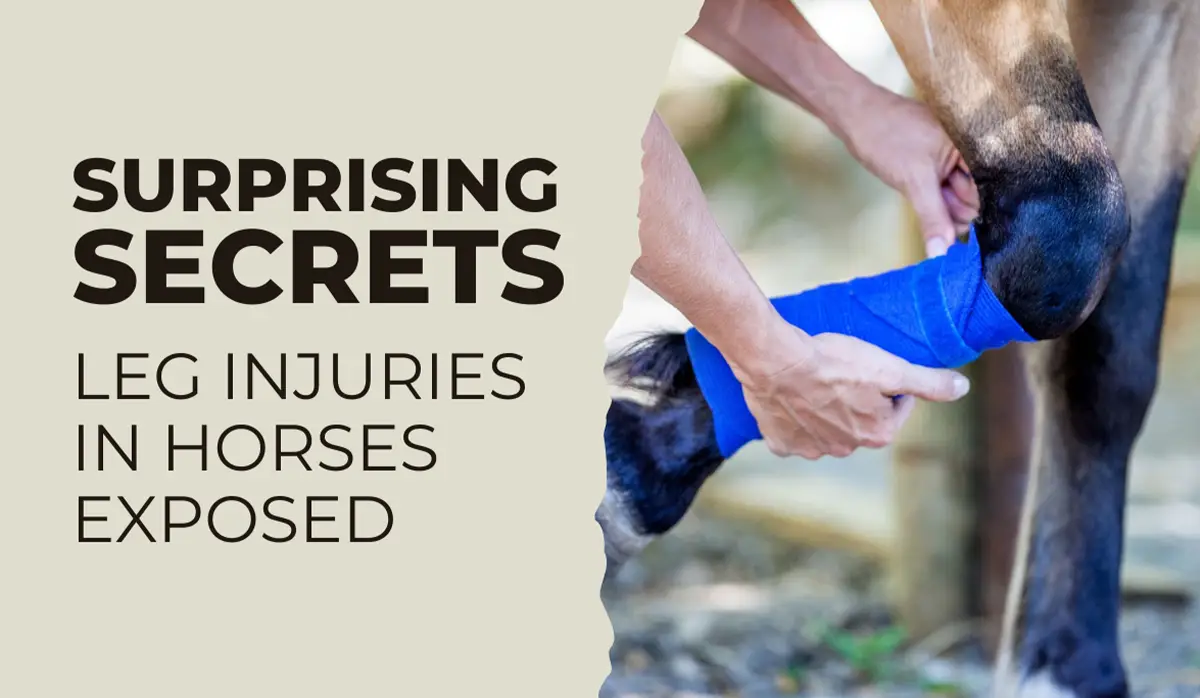
Table of Contents: Leg Injuries in Horses
- Introduction to Horse Leg Injuries
- Recognizing Common Horse Leg Injuries
- Causes and Prevention of Leg Injuries in Horses
- Step-by-Step Treatment Protocols
- The Role of Professional Care in Managing Horse Leg Injuries
- Frequently Asked Questions
- Conclusion and Call to Action
1. Introduction to Leg Injuries in Horses
Leg injuries to horses cause immense health, mobility, and general performance impacts. The most common type is the bowed tendon which can be the front or back leg. This is an important understanding of the knowledge to take proper action in its management.
2. Recognizing Common Horse Leg Injuries
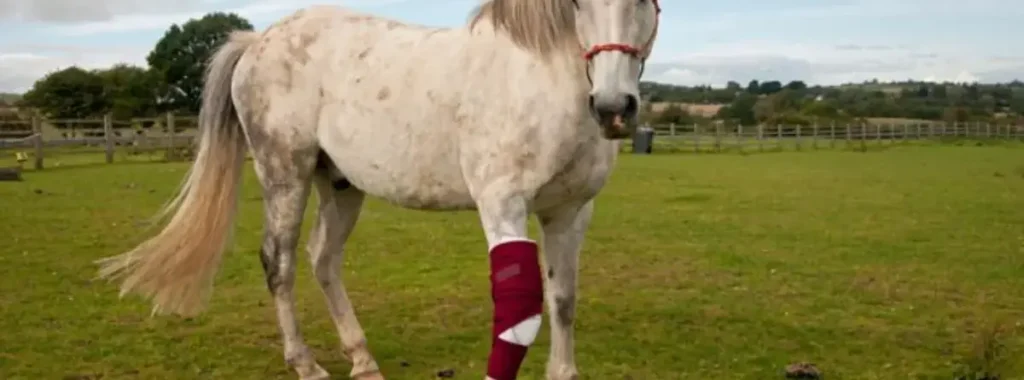
– Bowed Tendon: An Overview Leg Injuries in Horses
Usually, bowed tendon primarily involves the front or hind legs of the horse with accompanying swelling and pain in the region of the tendon. It is essentially caused by overstretching and is one of the most common complaints among racing and sporting horses.
– Other Frequent Leg Injuries
Other common leg injuries are sprains, fractures, and cuts. Each needs specific attention in diagnosing and managing them efficiently.
3. Causes and Prevention of Leg Injuries in Horses
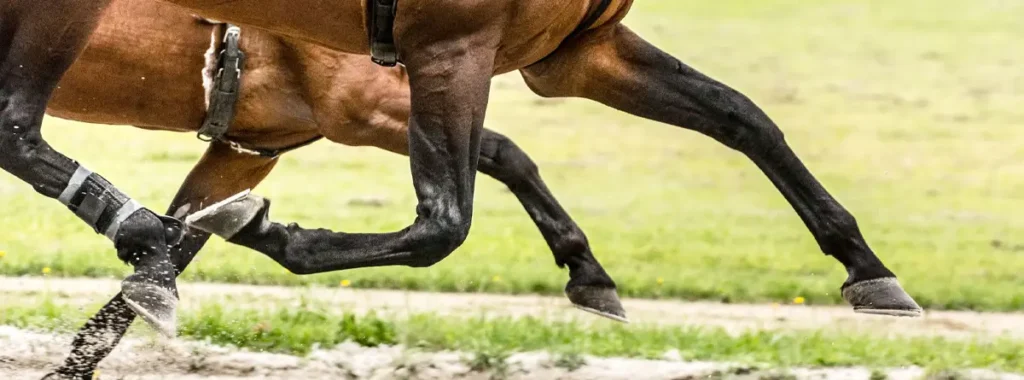
Leg injuries can be prevented through regular vet check-ups, proper horse training practices, and adequate periods of rest. Some contributing factors include overtraining, poor footing, riding arenas, and poor warm-up exercises.
4. Step-by-Step Treatment Protocols
– Immediate Care
- This is an assessment and diagnosis, whereby a vet should be seen immediately. The vet does physical exams, or other diagnostic tests, such as X-rays or MRIs.
- Typical first aid treatments include applying cold compresses to reduce swelling and stabilizing any injury with a wrap around the leg.
– Long-Term Rehabilitation
- Rest and Recovery: Rest is one of the essentials for the horse. The duration varies with the degree of injury; it could be weeks or even months.
- Physical Therapy: A gradual return to activity under a professional’s supervision strengthens the muscles and tendons without causing undue stress on the injury.
5. The Role of Professional Care in Managing Horse Leg Injuries
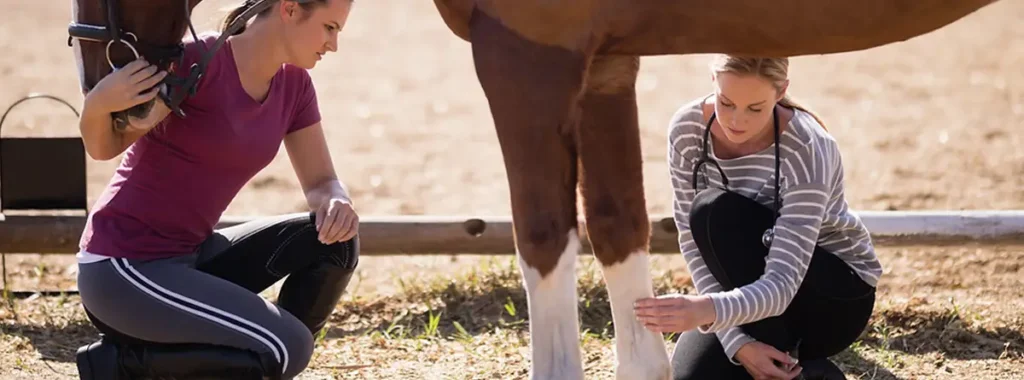
The involvement of equine healthcare professionals in the treatment process and even as a precautionary measure can significantly improve the outcomes for horses with leg injuries, which encompasses regular assessment and timely modifications of care schedules.
6. Frequently Asked Questions
- What are the early indicators of a bowed tendon?
- General signs are usually swelling, increased heat around the tendon, and lameness on the affected side.
- Is there a chance of a horse regaining complete condition after suffering a bowed tendon?
- Actually, many horses return to the previous level of activity. But this will obviously depend on how severe the injury is and if the treatment helps.
- How can I reduce the possibility of leg damage in my horse?
- Regular exercise, proper diet, and avoiding overexerting your horse are the key strategies.
7. Conclusion and Call to Action: Leg Injuries in Horses
Leg injuries in horses especially bowed tendons, are serious conditions that need urgent attention and care from an expert. Knowing the common signs, preventive measures, and effective treatment options can go a long way in managing the conditions effectively. To know more about it, get in touch with an equine veterinarian and regularly visit them to ensure your horse remains healthy.
Encourage user interaction by making comments on either one’s own experiences with injured horse legs or recommending this blog entry across their social networks.
YOU MAY ALSO LIKE
Top Pick
-

African Grey Parrot: A Smart, Loving, and Talkative Companion
July 22, 2025
-

5 Best Canister Filters for Crystal Clear Water in Your Pet Fish Tank
July 8, 2025
-

Is Pumpkin Good for Cats? Everything You Need to Know
July 5, 2025
-

Swim Bladder Treatment: Solutions for Aquarium Fish Health
July 3, 2025
-

7 Fascinating Betta Fish Facts Every Owner Should Know
July 2, 2025
